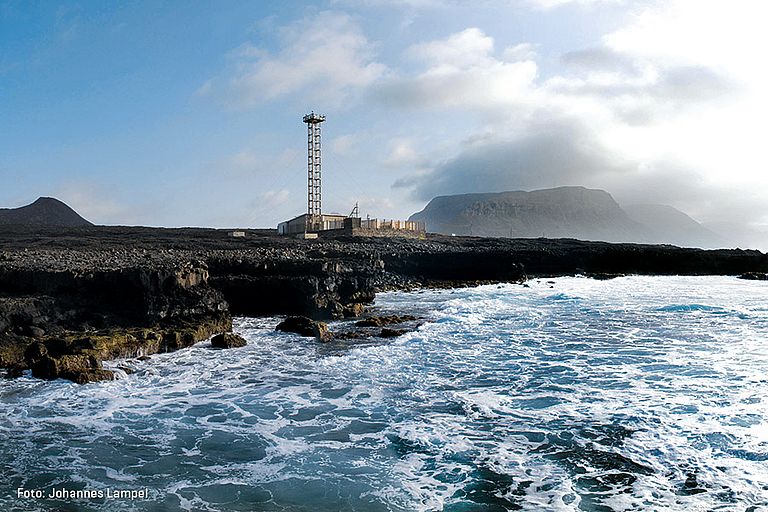Image of the month: August 2018
The Cape Verde Atmosphere Observatory (CVAO)
The CVAO, running since 2006, has become one of the flagship “global” stations of the WMO-Global Atmospheric Watch (GAW) network. The CVAO is run in partnership with the Instituto Nacional de Meteorologia e Geofísica, Cape Verde, the University of York/National Centre for Atmospheric Science, UK,the Max-Planck-Institut für Biogeochemie, Jena, Germany and the Leibniz-Institut für Troposphärenforschung, Leipzig, Germany.
The full name of the station is Observatório Atmosférico de Cabo Verde: Humberto Duarte Fonseca, named after one of the most reknown Cape Verdean scientists (1916-1983). The CVAO is unique, being the only atmospheric monitoring station in the tropical Atlantic. The tropics play a critical role in the Earth System. Their importance is exemplified by the generation of hurricanes, the significance of El Niño for global weather patterns and inter-annual climate variability, and the effect of tropical Atlantic sea surface temperature on rainfall in sub-Saharan Africa.
The tropical atmosphere is also our planetary “waste incinerator”: high concentrations of the OH radical are maintained, cleaning the atmosphere of pollutants and certain key greenhouse gases (e.g. methane). These gases come from sources in the north and south and are destroyed in the tropics.
The Observatory has gained a reputation as a high quality international facility, providing vital data to the global atmospheric communities. It provides a powerful tool for characterising transport and transformations of greenhouse and reactive gases, aerosols, pollution and dust from the US, Europe, and Africa to the tropical Atlantic.
Links:
The Global Atmosphere Watch (GAW) of the WMO
CVAO website of the British National Centre for Atmospheric Science



